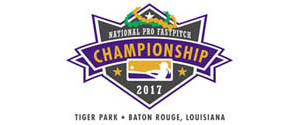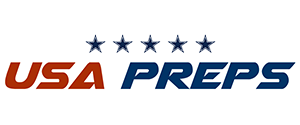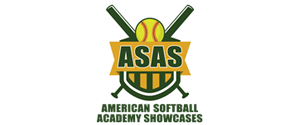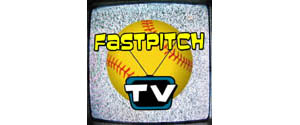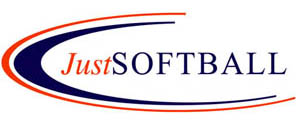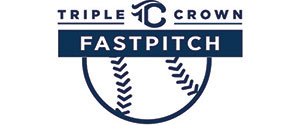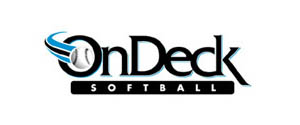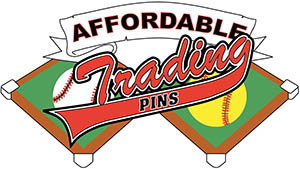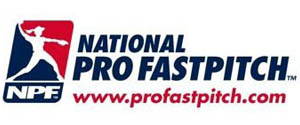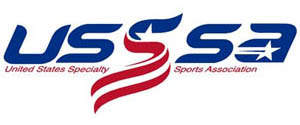Bill_B wrote:wadeintothem wrote:R1@ 2B, 1 out, count is 1 ball 2 strikes.
B2 swings and hits the ball, which short-hops F6 and goes into left field. On contact you hear a dull thud as the ball was hit. R1 scores, but misses 3B on the way home. Batter-runner is safe at first and the Off. coach asks for time. His player is crying and injured. Time is granted. Bruising and redness is developing on the top of her middle and index fingers and he requests a runner for BR. Def coach appeals that R1 missed 3B.
Based on the information provided, B2 is safe and R1 is safe unless the umpire to whom the appeal was made concurs that the appeal has merit and rules in favor of the appeal. This inquiry specifically states that R1 is safe. There is a technical basis for appeal as long as it is not a judgment matter. Coach ought to ask the plate umpire whether (s)he agreed that the batter was hit on the finger. If the plate umpire does not think the batter was hit on the finger it's judgment and no appeal since it's unlikely plate umpire will give up the call to a base umpire. If the plate umpire agrees that the batter was hit in the finger it's now a rule matter and an appeal can be made. Per the rules it would be dead ball strike and R1 goes back.
I'm not following you at all...
If the orignal noncall/fair ball call is not reversed, BR is safe and R1 is out on appeal.
A good PU/BU team work together. Typically, we rotate. So one time you are PU, then they are PU. Their is no air of superiority between us. We are our only team out there. If someone had a better look at something, we would definately discuss it and be more than willing to change our call in certain instances.
These instances are typically discussed between us pre-game. It would not include out/safe on a banger play of course (not because of us, but because we are not going to tolerate coaches wanting us to go for help on every bang bang play), but technical issues - pulled foot, missing a base, etc are discussable.





